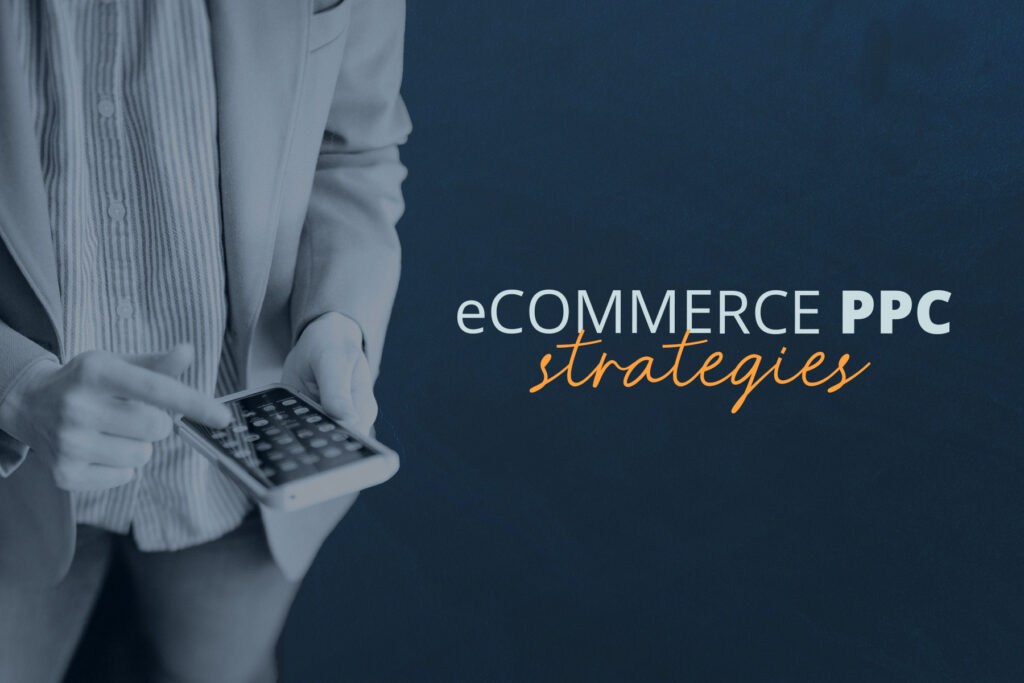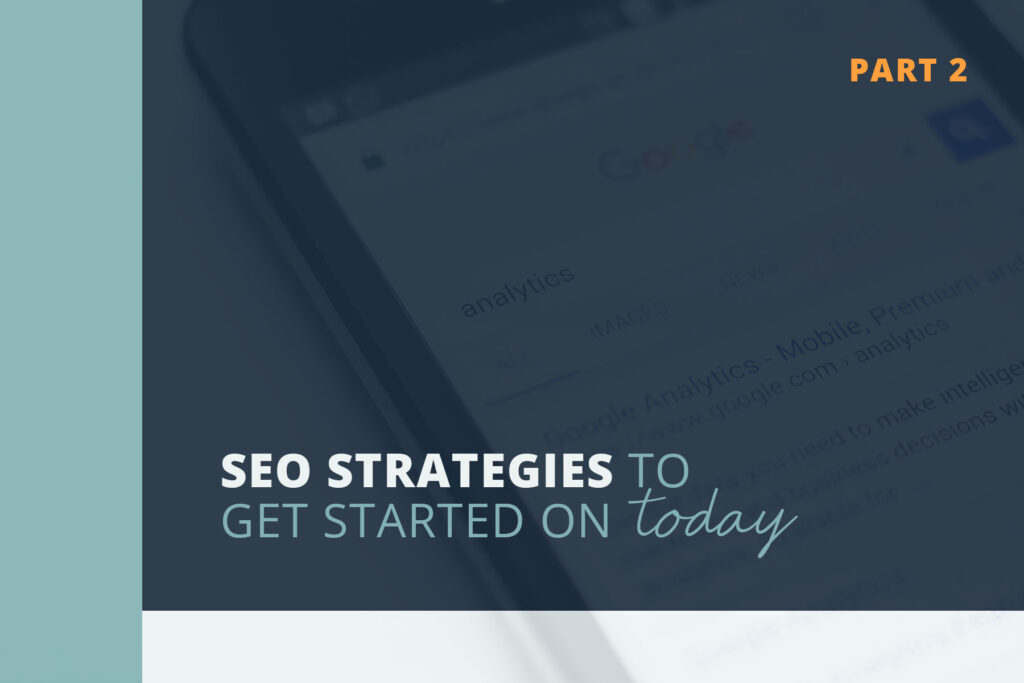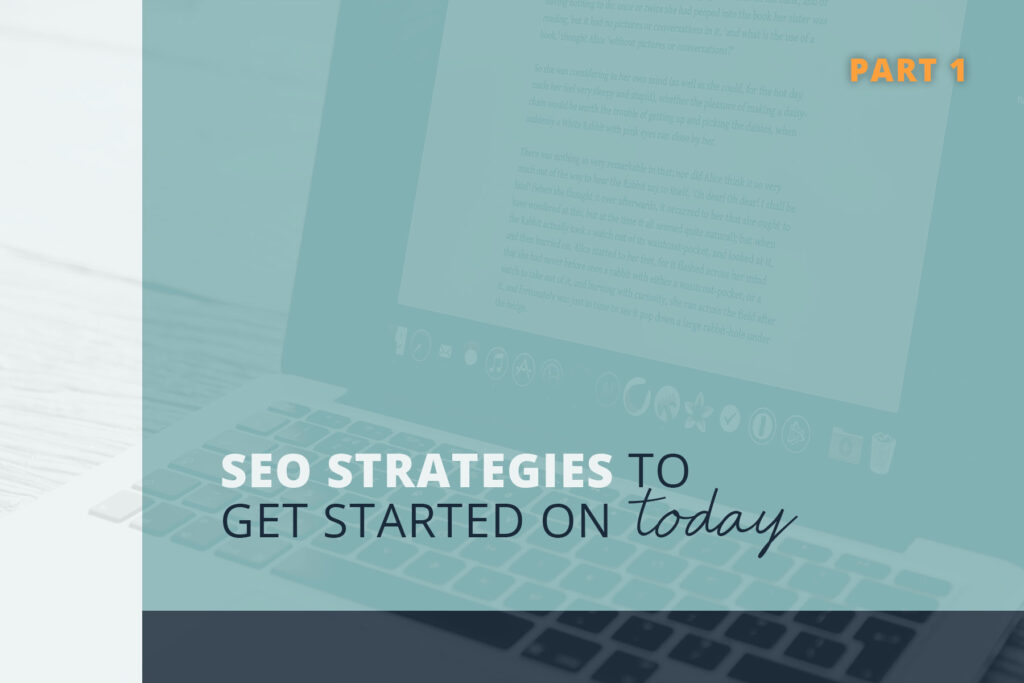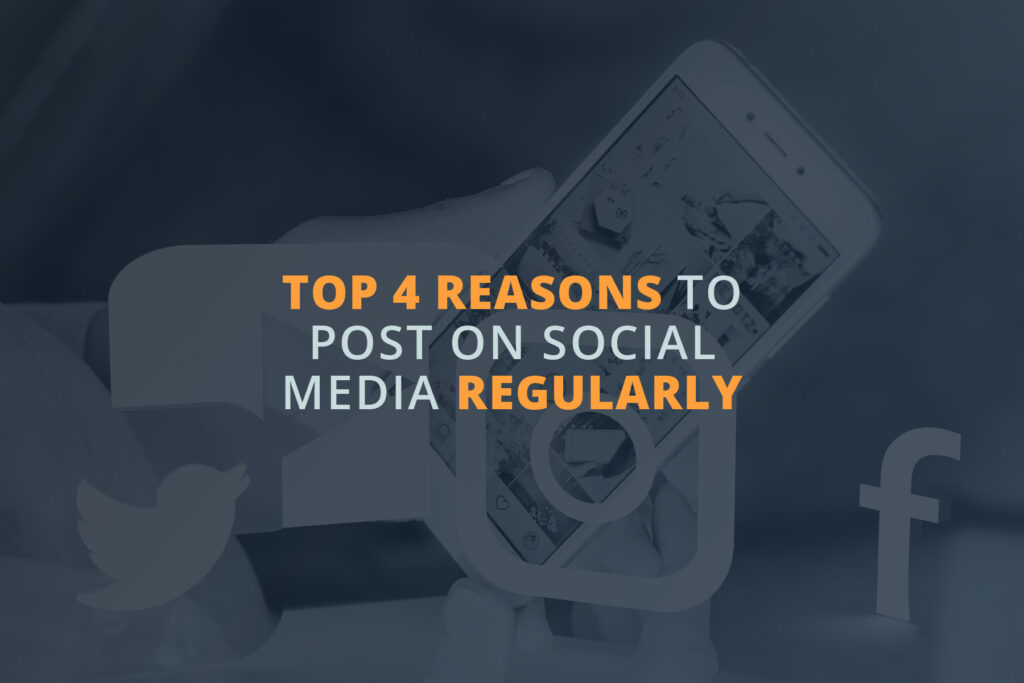Whether you are someone who is just starting out with an online shop or if you are an experienced seller, eCommerce is one of the best methods for making money online. The key to your success is based on how many qualified buyers you can direct to your website. The fastest route to increase traffic is through paid channels like Google Shopping Ads and Facebook Ads.
Set-Up
First, let’s start with the basics. Facebook Ads show products as an individual post or in a carousel format where customers will be served the exact products they were looking at while on your website. These ads can be constructed in two ways. You can integrate your ad account with your website, allowing Facebook to automatically pull in photos and descriptions, or you can manually enter the product details. Your Facebook Ads will be shown to consumers in their news feed, Facebook Marketplace, or stories. When the ad is being shown in a news feed or a story, it is also displayed on the consumer’s Instagram.
Google Shopping Ads appear at the top of the Google results page and the advertiser gets charged whenever a person clicks on their ad. These fall under the category of ‘search-based marketing’ since a person will only see the ad when they directly search for a product like yours or with similar keywords. To set up Google Ads, you will need to connect to your Google Merchant account to load your products into an automated feed. Unlike Facebook Ads, you do not create content for your Google Shopping Ads. Google will pull everything directly from your website using only the product’s title, image and price.
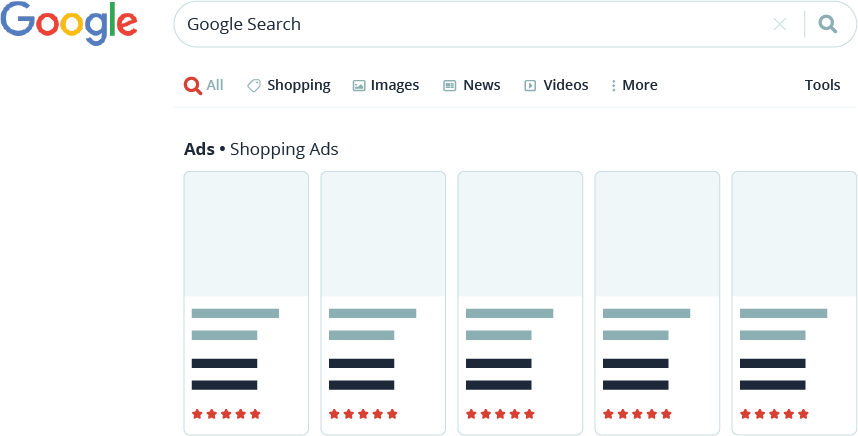
Cost
Facebook uses a unique cost strategy for ad placements and clicks. When you are setting up your advertising campaign on Facebook, you will set a daily budget to determine the number of impressions (not clicks) you will get. Impressions are the number of times your advertisement is displayed on a consumer’s screen.
Google Shopping uses bidding strategies to determine how much each click on your ad will cost you. A bid is determined by how much you are willing to spend to get a click to your website. You will only be charged when a consumer physically clicks on your ad in Google Search results.
Ad Targeting Options
With Facebook Ads, you set the targeting criteria to determine who sees your ad. This includes choosing the audience demographics, location, and general interests of your desired audience. You can choose to retarget your ads to hit recent visitors to your business’ website as well.
Through Google Shopping, your ads are targeted to anyone who uses search terms that are similar to the products you are advertising. Google determines this based on your product’s title that is submitted from your website. You can also target by geographical location.
If you aren’t sure where to start with your advertising campaign for your eCommerce website, check out RideDigital, your Kansas City marketing agency! As specialists in paid advertising, we can boost your website traffic and increase your conversions. For a free audit and more information, please contact us today and we will be happy to assist you in planning how to start your advertising campaign.
